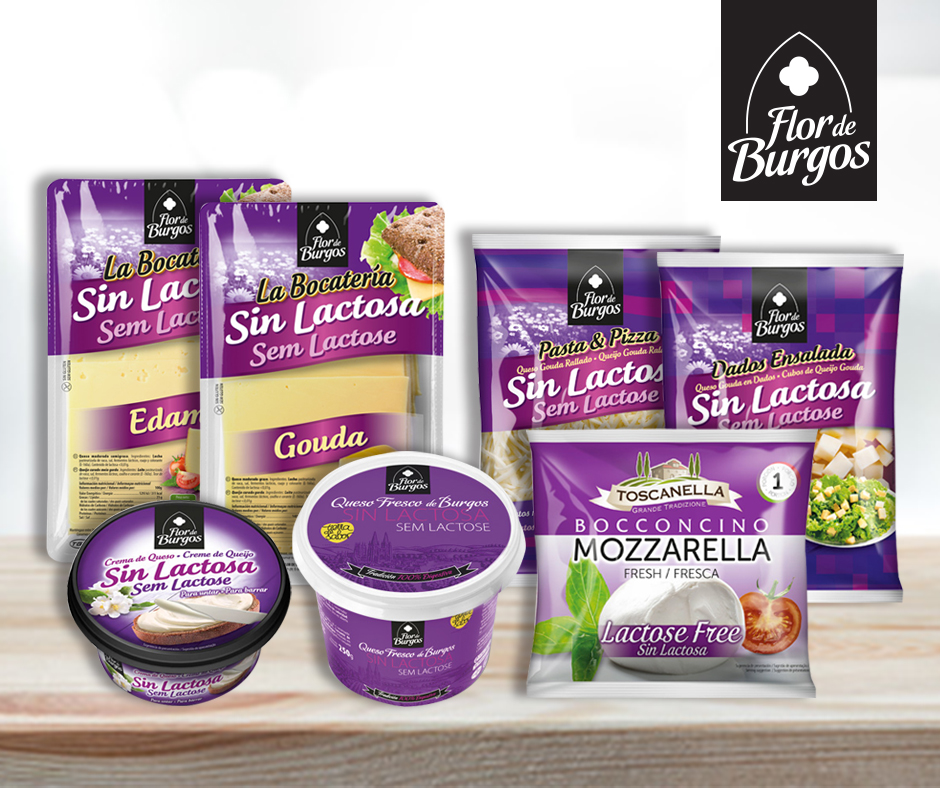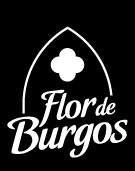
18 Jul Keys to deal with lactose intolerance
What is lactose?
Lactose is a sugar that is present in all milks of mammals: cow, goat, sheep and also in breast milk, in addition to being present in many prepared foods. It is called milk sugar (C12, H22, O11) natural disaccharide composed of glucose and galactose.
Lactose intolerance
Lactose intolerance means that there is not enough enzyme (lactase) in the small intestine to break down all the lactose consumed. The partially digested lactose will pass into the large intestine and can cause all of its symptoms: pain, bloating, diarrhea? It is also known as lactose intolerance, disaccharidase deficiency, lactase deficiency, milk intolerance. It can occur from birth, childhood and even adulthood
What Causes Lactose Intolerance?
There are several causes:
- Primary lactase deficiency: this results in low levels of lactase. Symptoms can develop at any age, but rarely before age 6.
- Congenital lactase deficiency: this causes a complete lack of lactase from birth. Symptoms can develop as soon as the baby is given milk or formula with lactose.
- Secondary lactase deficiency: this happens when there is damage in the cells of the upper part of the small intestine where the lactase is produced. It is common in children after a gastrointestinal infection.
Is it common to be lactose intolerant?
It varies by ethnic group and how many dairy products are consumed within the country. In communities where more dairy products are consumed, lactose intolerance is less common. This is evident in Hispanic communities, where 80 out of 100 people suffer from lactose intolerance. Lactose intolerance is very common in adults worldwide.
Flor de Burgos without lactose
Having lactose intolerance does not mean eliminating all dairy from the diet. Flor de Burgos offers us a great variety of lactose-free cheeses so that we all continue to enjoy its flavor. Make your digestion easier with the help of Flor de Burgos
